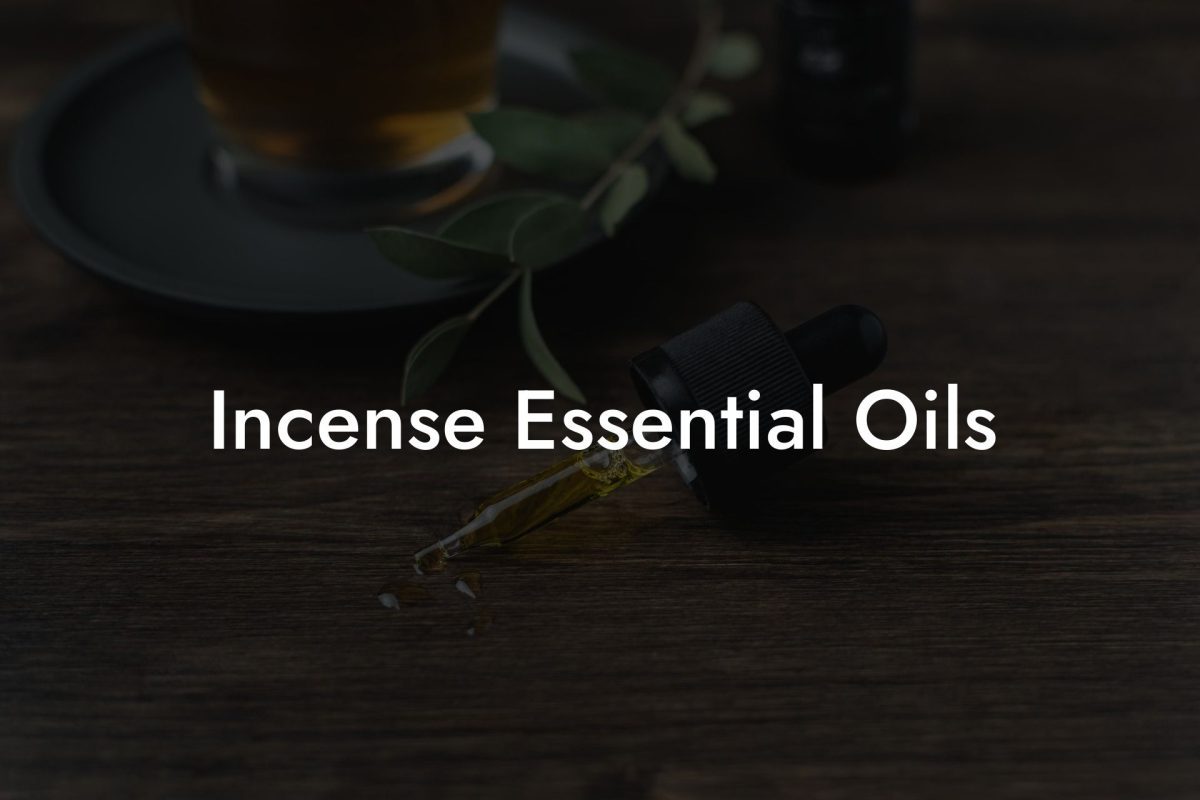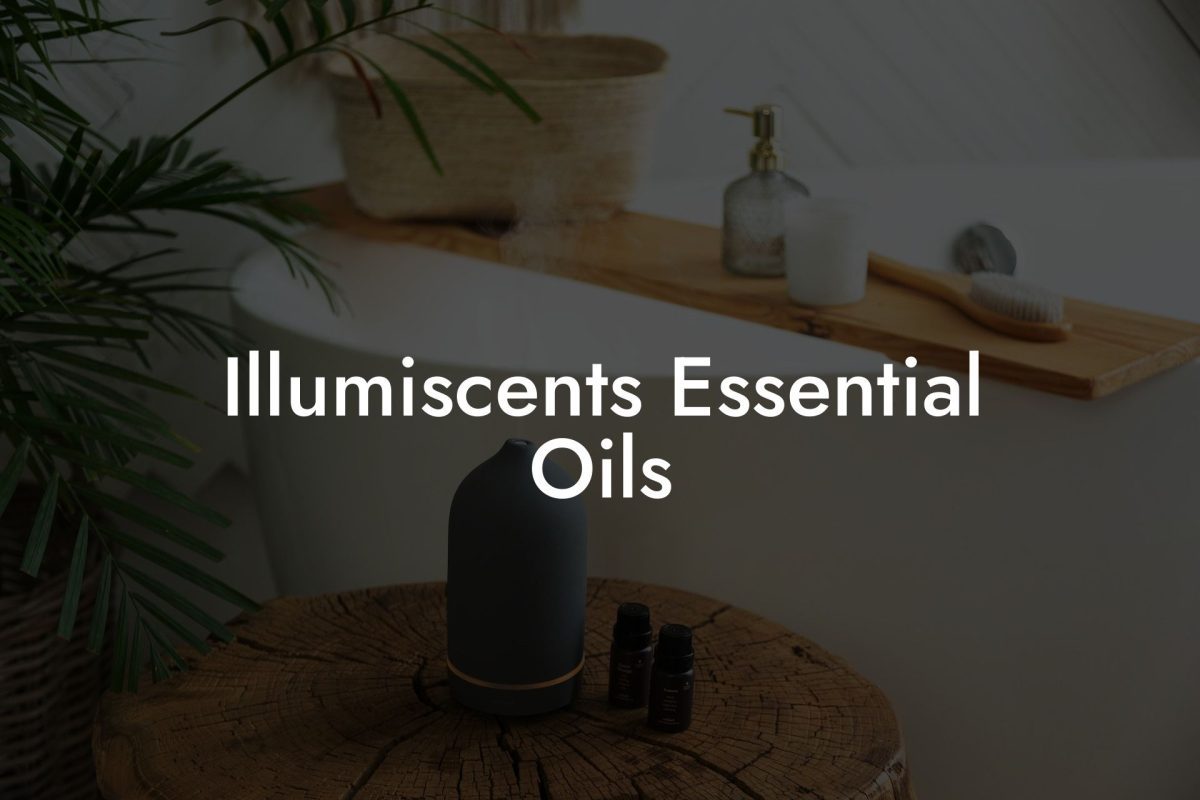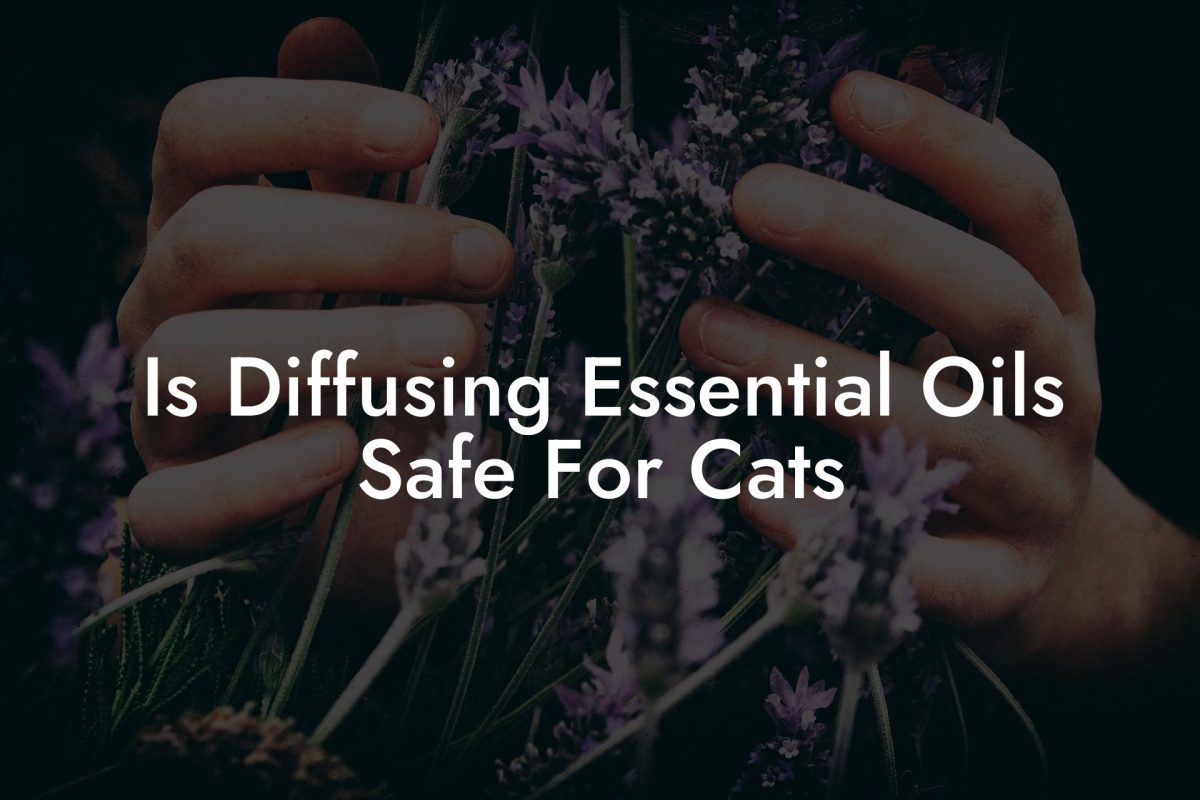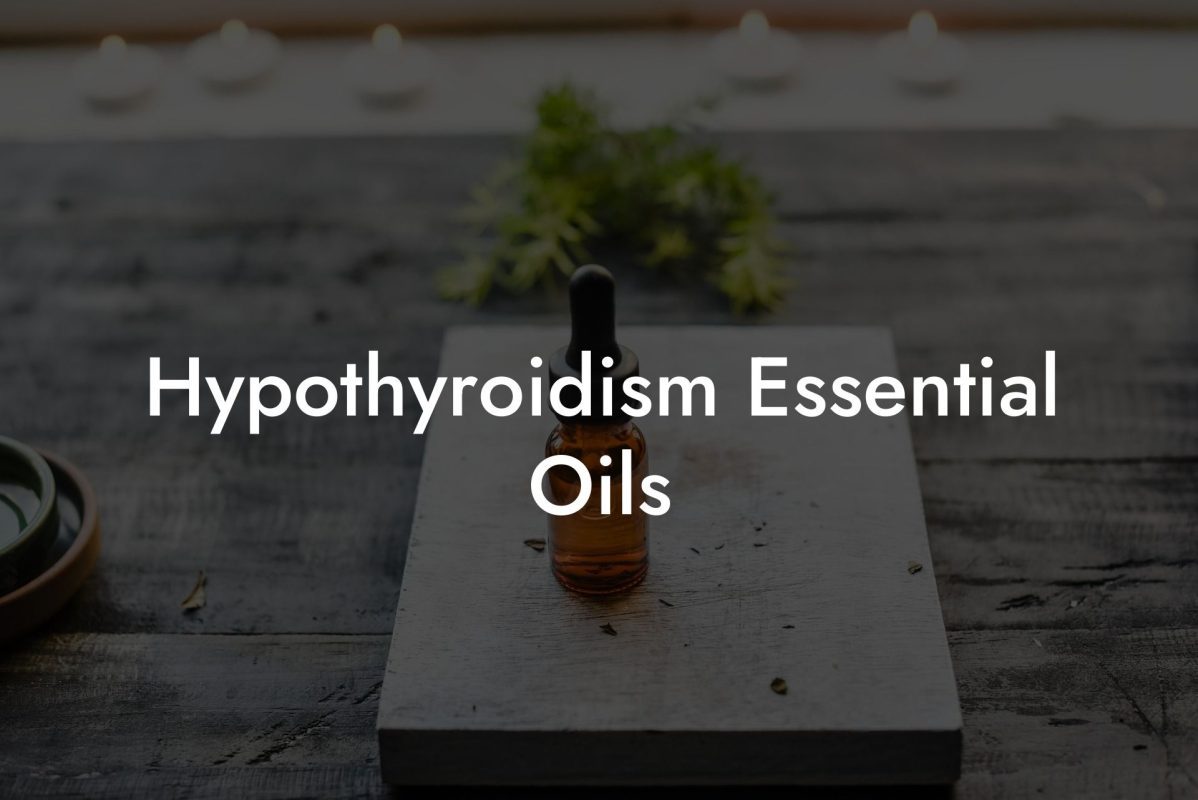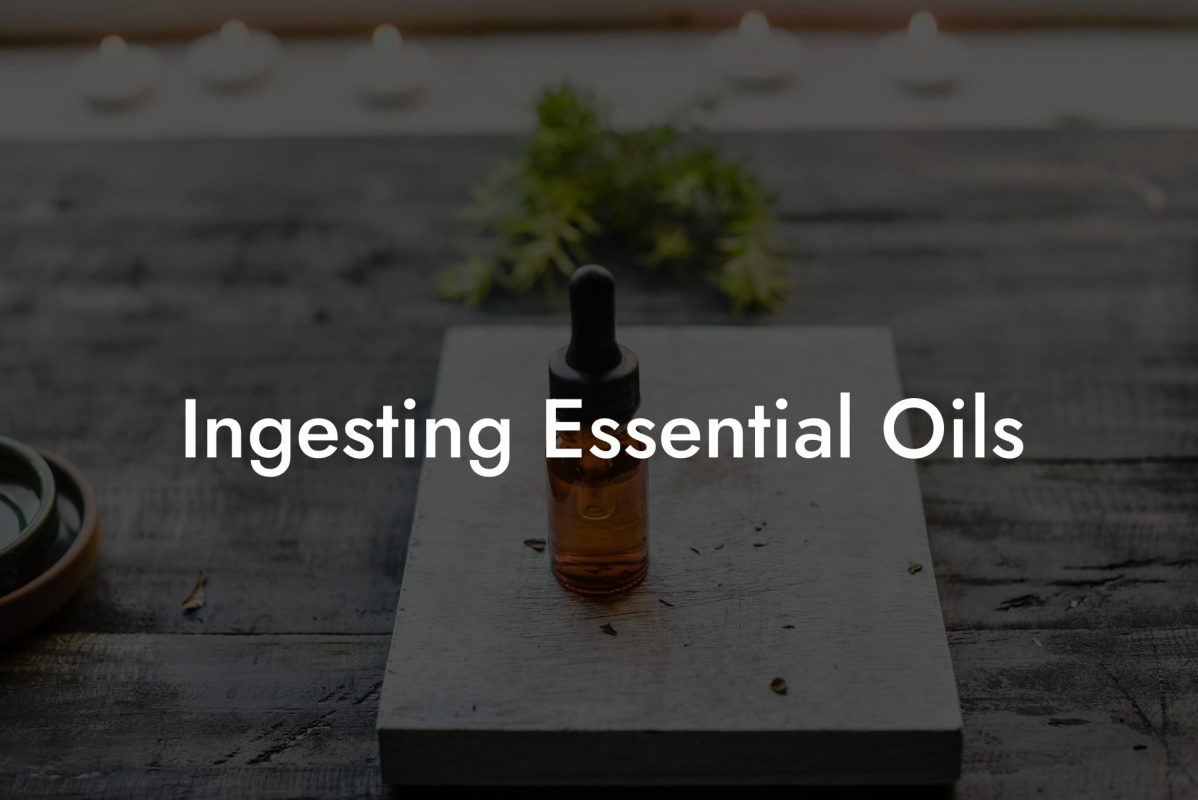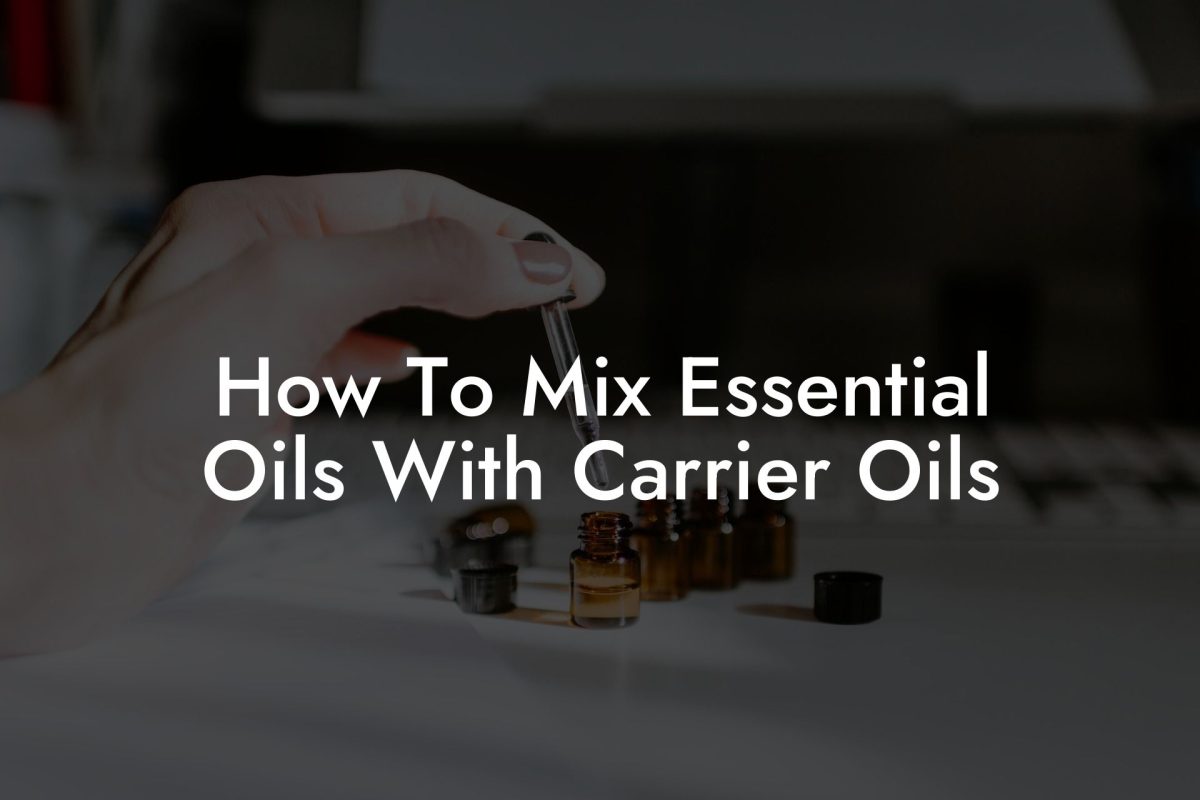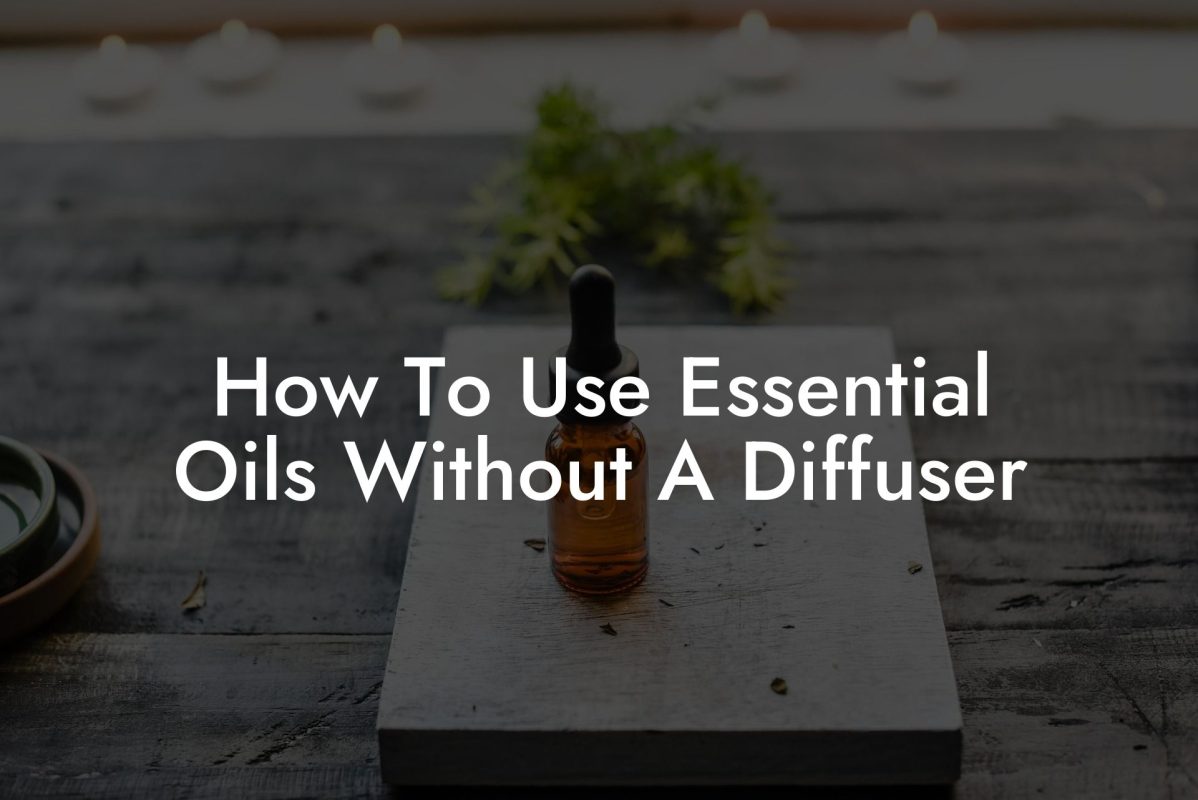Discover the art and science behind mixing essential oils to create customized blends that cater to your personal needs and preferences. In this comprehensive guide, we’ll unravel the mysteries of different notes, aroma profiles, and blending principles for a better understanding of the fascinating world of essential oils.
Understanding Notes in Essential Oils
Essential oils can be categorized into three different notes – top, middle, and base – which represent their evaporation rates and aroma strength. The concept of notes in essential oils originates from the perfume industry and plays a crucial role in blending essential oils for harmonious and lasting scents.
- Top Notes: These fast-evaporating oils are usually the first scents that you notice in a blend. They are light and uplifting and provide an initial burst of fragrance. Examples of top note essential oils include lemon, eucalyptus, and bergamot.
- Middle Notes: As the heart of the blend, middle notes tend to be balanced and well-rounded. They provide the main body and character of the aroma and often have a calming effect. Lavender, rosemary, and chamomile are some common middle note essential oils.
- Base Notes: Base notes have a slow evaporation rate and often linger in the air or on the skin long after the top and middle notes have dissipated. They add depth and richness to the blend and can have relaxing and grounding properties. Examples include sandalwood, frankincense, and patchouli.
Creating Your Custom Essential Oil Blend
When mixing essential oils, it’s essential to consider the desired scent and therapeutic properties of your blend. Follow these steps to create your personalized essential oil blend:
- Pick a theme or purpose: Determine the goal of your blend, whether it’s for relaxation, energizing, stress relief, or any personal preference.
- Select the oils: Pick a combination of top, middle, and base notes that complement one another and meet your desired effect. A general guideline is to maintain a ratio of 30% top note, 50% middle note, and 20% base note, but feel free to adjust as needed.
- Blend in small quantities: Create your blend by adding a few drops of each essential oil to a small dark glass bottle and shake gently to combine. Allow the blend to sit for a few days before use, as this allows the oils to meld together and develop a more harmonious aroma.
- Test and adjust: Apply a drop of your blend to a cotton ball or tissue and inhale the scent. If necessary, make adjustments to the blend by adding or adjusting the quantities of essential oils.
- Record your formula: Keep a record of your blend, including the oils used, ratios, and any adjustments made, so you can recreate your custom blend with ease in the future.
Mixing Essential Oils Example:
Imagine you want to create a relaxing essential oil blend to help unwind after a long day. For this purpose, you might choose the following oils:
- Top Note: Bergamot (30%)
- Middle Note: Lavender (50%)
- Base Note: Frankincense (20%)
Begin by adding 3 drops of bergamot, 5 drops of lavender, and 2 drops of frankincense to a small dark glass bottle. Shake the bottle gently to combine the oils and let it sit for a few days. Test your blend by applying a drop to a cotton ball or tissue and inhaling the aroma. Adjust the blend as needed, and record your final formula for future reference.
With the right knowledge and a bit of practice, you can create your own unique and personalized essential oil blends tailored to your preferences and needs. Now that you have a better understanding of the basics of mixing essential oils, we encourage you to explore other guides on Oshu Oils and experience the beneficial effects of our artisan essential earth oils. Don’t forget to share this article and let others in on the wonderful world of essential oils and aromacology!




